Refine search
Actions for selected content:
48234 results in Computer Science
10 - Quantum computing
-
- Book:
- Quantum Computing since Democritus
- Published online:
- 05 April 2013
- Print publication:
- 14 March 2013, pp 132-149
-
- Chapter
- Export citation
Index
-
- Book:
- Quantum Computing since Democritus
- Published online:
- 05 April 2013
- Print publication:
- 14 March 2013, pp 363-370
-
- Chapter
- Export citation
15 - Skepticism of quantum computing
-
- Book:
- Quantum Computing since Democritus
- Published online:
- 05 April 2013
- Print publication:
- 14 March 2013, pp 217-227
-
- Chapter
- Export citation
THE POTENTIAL HIERARCHY OF SETS
-
- Journal:
- The Review of Symbolic Logic / Volume 6 / Issue 2 / June 2013
- Published online by Cambridge University Press:
- 14 March 2013, pp. 205-228
- Print publication:
- June 2013
-
- Article
- Export citation
Acknowledgments
-
- Book:
- Quantum Computing since Democritus
- Published online:
- 05 April 2013
- Print publication:
- 14 March 2013, pp xxix-xxxii
-
- Chapter
- Export citation
14 - How big are quantum states?
-
- Book:
- Quantum Computing since Democritus
- Published online:
- 05 April 2013
- Print publication:
- 14 March 2013, pp 200-216
-
- Chapter
- Export citation
Dedication
-
- Book:
- Quantum Computing since Democritus
- Published online:
- 05 April 2013
- Print publication:
- 14 March 2013, pp v-vi
-
- Chapter
- Export citation
6 - P, NP, and friends
-
- Book:
- Quantum Computing since Democritus
- Published online:
- 05 April 2013
- Print publication:
- 14 March 2013, pp 54-70
-
- Chapter
- Export citation
Frontmatter
-
- Book:
- Quantum Computing since Democritus
- Published online:
- 05 April 2013
- Print publication:
- 14 March 2013, pp i-iv
-
- Chapter
- Export citation
BROUWER’S WEAK COUNTEREXAMPLES AND TESTABILITY: FURTHER REMARKS
-
- Journal:
- The Review of Symbolic Logic / Volume 6 / Issue 3 / September 2013
- Published online by Cambridge University Press:
- 13 March 2013, pp. 513-523
- Print publication:
- September 2013
-
- Article
- Export citation
Interpreting compound nouns with kernel methods
-
- Journal:
- Natural Language Engineering / Volume 19 / Issue 3 / July 2013
- Published online by Cambridge University Press:
- 12 March 2013, pp. 331-356
-
- Article
- Export citation
Cutwidth of iterated caterpillars∗
-
- Journal:
- RAIRO - Theoretical Informatics and Applications / Volume 47 / Issue 2 / April 2013
- Published online by Cambridge University Press:
- 11 March 2013, pp. 181-193
- Print publication:
- April 2013
-
- Article
- Export citation
Revolutionaries and Spies on Random Graphs
-
- Journal:
- Combinatorics, Probability and Computing / Volume 22 / Issue 3 / May 2013
- Published online by Cambridge University Press:
- 08 March 2013, pp. 417-432
-
- Article
- Export citation
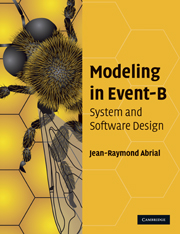
Modeling in Event-B
- System and Software Engineering
-
- Published online:
- 05 March 2013
- Print publication:
- 13 May 2010
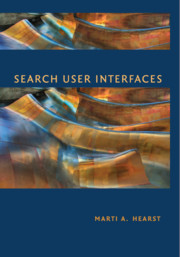
Search User Interfaces
-
- Published online:
- 05 March 2013
- Print publication:
- 21 September 2009
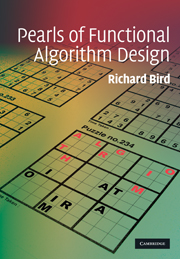
Pearls of Functional Algorithm Design
-
- Published online:
- 05 March 2013
- Print publication:
- 16 September 2010
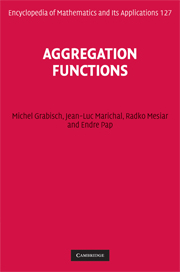
Aggregation Functions
-
- Published online:
- 05 March 2013
- Print publication:
- 09 July 2009
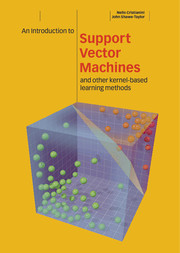
An Introduction to Support Vector Machines and Other Kernel-based Learning Methods
-
- Published online:
- 05 March 2013
- Print publication:
- 23 March 2000
